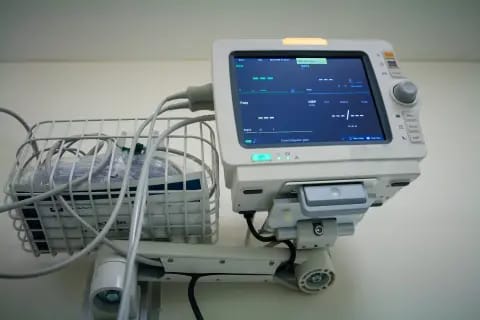Dr. Geoffrey Long established the "Near Death Experience" (NDE) Research Foundation in 1988 after being profoundly affected by numerous cases he encountered during his medical career.
In an exclusive article for Insider, the doctor characterizes NDE as a state where individuals in a coma or clinical death, devoid of vital signs, undergo an occurrence where they perceive, hear, sense emotions, and engage with other entities.
Long compiled an extensive array of accounts from individuals who underwent NDEs and meticulously analyzed these instances from a scientific perspective.
"Confronted with compelling evidence, I gradually became a proponent of post-death existence," he said.
Recurring patterns
While each near-death experience remains distinctive, the doctor discerned recurring patterns.
Approximately 45% of the patients who detailed an out-of-body incident testified that "their consciousness detached from their corporeal form, often experiencing a sensation of hovering above their own body."
Support in testimony, not science
This detachment allowed them to observe and hear occurrences in their vicinity. Long clarified that these narrations found support in the testimony of witnesses.
Others articulated a sensation of traversing into a "parallel realm," often narrating passing through a tunnel, encountering a radiant luminosity, reuniting with departed loved ones, and having a life retrospective. Long acknowledged the prevalence of these stories despite their somewhat clichéd nature. Interestingly, children and adolescents, unlikely to have been influenced by such information in advance, also recounted akin experiences.
Dr. Long expounded, "I encountered no scientific rationale to expound these encounters," underscoring the many cases he reviewed. "I delved into neuroscientific studies and scrutinized each plausible explication for NDEs. In the end, none of the propositions appeared cogent."

